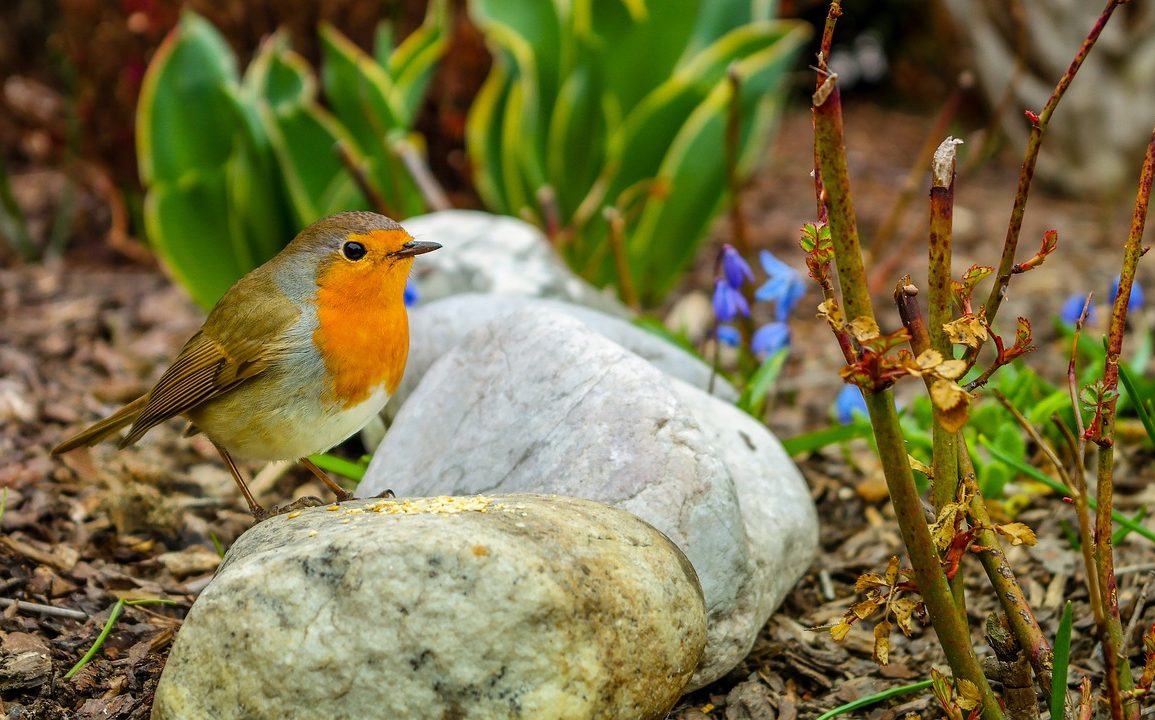Make Your Garden Wildlife-Friendly – Bromford, the developers behind the award-winning Park Gardens retirement development in Banbury has worked with local conservation charity, the Berkshire, Buckinghamshire & Oxfordshire Wildlife Trust (BBOWT) to compile a list of top tips on how to make gardens friendly to local wildlife.
“You can start small or think big! Try feeding the birds, planting flowers for bees, building a small pond, or cutting a hole in your fence to make a hedgehog highway. If you and your neighbours work together to make your community more wildlife friendly, you’ll see more nature everywhere and that’s great for people, wildlife, and our climate. So why not give wildlife gardening a go?”
Bromford has worked with BBOWT to put together five top tips on how to turn your garden wild:
Cut back on harmful chemicals
Some of the products most used in gardening contain chemicals that can be deadly to wildlife. For instance, sprays that target insect that likes to eat certain plants can end up poisoning the animals that eat those insects. So, ditching the pesticides and slug pellets is a great way to bring nature back to your patch.
For your garden to thrive without the help of chemicals, it is best to have lots of variety so that no one species takes over the space. You can also take steps to make your garden welcoming to natural predators of the critters that like to feed on plants and flowers. Birds, hedgehogs, and frogs eat slugs, and ladybirds love aphids, so they work as natural pest control.
Choose the right plants
When it comes to gardening there are endless plants to choose from, but some are more friendly to wildlife than others. Making smart choices about which ones to have in your outdoor space can make all the difference.
Butterflies and bees need lots of nectar and pollen, so plants such as lungwort, lavender and sunflowers can be a great choice. Moths and bats, on the other hand, are attracted to plants that release their scent in the evening, so may prefer options such as evening primrose or honeysuckle, and moth caterpillars love to eat holly, ivy and hazel.
Try to find out what creatures are local to you and which plants work best for them.
Make a shelter
One great way to make your garden a haven for wildlife is to build spaces that bugs and animals can use.
In larger gardens, this can take the form of structures such as a hedgehog home, which can be made out of wood and covered with soil and leaves to create a cosy space where hedgehogs can rest and hide from predators.
In smaller spaces, such as balconies, this can take the form of a container garden, which creates a small ecosystem for bugs and insects to enjoy. A small bug hotel also provides great shelter for insects such as solitary bees, ladybirds, and spiders.
Provide food and water
Food and water are essential for wildlife to thrive and leaving some out in your garden can be a great help.
When putting out water, try to ensure that whatever container you put it in isn’t too deep and that it has textured edges or a large stone in it, so wildlife is able to climb out. Be careful not to leave it in easy reach of predators, such as cats.
You could also consider building a small bucket pond. You’ll be amazed how quickly wildlife such as newts, frogs or damselflies turn up.
When it comes to food, it is important to know what animals are in your area and what they can and cannot eat, and to dispose of any food that is not eaten overnight, so that it doesn’t spoil and make the animals ill. Feeding the birds is a great place to start.
Consider composting
Composting is an excellent way to reduce food waste that can also create a habitat for bugs and reptiles.
It is best to start the process when you have a lot of scraps, so save them up before adding them to the heap. It is also important to know what can and cannot be composted. For instance, cooked foods cannot be added to a compost heap, but things like paper, tea leaves and fruit and vegetable peels can.
You can then use your homemade compost to add nutrients back into your garden.
Lilly Light


